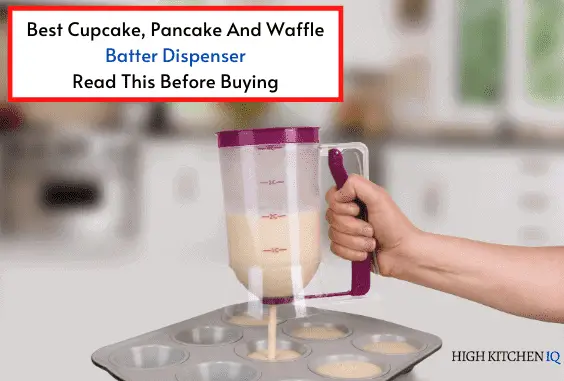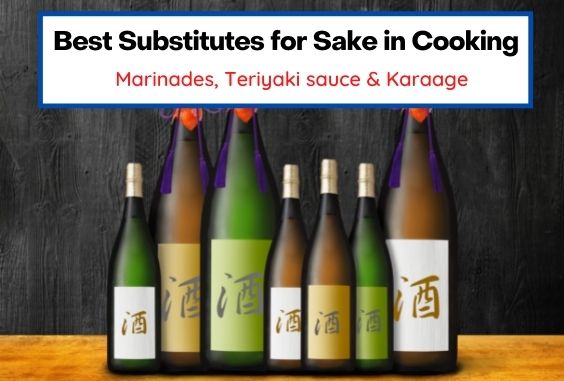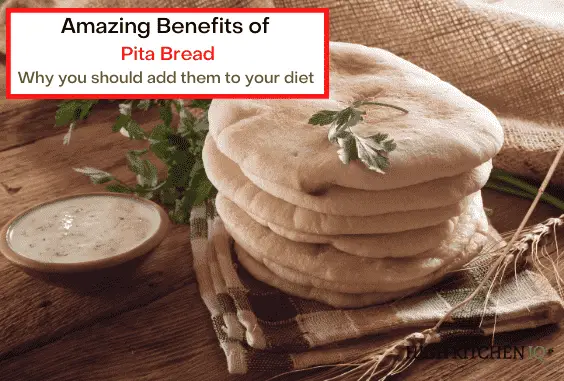What is a Heatproof Bowl & How to Spot if it’s Heatproof
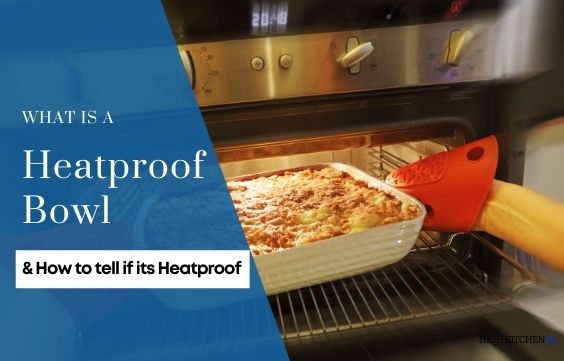
Bowls are kitchen utensils that we use for everything you can think of: mixing ingredients, tossing salads, serving, even right down to actual baking and cooking.
Having good sturdy heatproof bowls is as important as having actual ingredients. How well your bowls hold up under the heat (quite literally) will determine how your dish turns out.
This is why we need to understand more about these powerhouse utensils. So in this article, we are going explain to you:
- What is a Heat Proof Bowl
- How to tell if a Bowl is Heat Proof
- Are Glass Bowls Heat Proof
- Are Ceramic Bowls Heat Proof
- Are Metal Bowls Heat Proof
- Give you a list of types of bowls that are not heatproof
What is a Heatproof Bowl
A heatproof bowl is quite simply a bowl that is able to withstand heat without melting, warping, or burning. Heatproof bowls are usually heat resistant up to 300 degrees Celsius (572 degrees Fahrenheit).
Heatproof bowls come in all shapes, sizes, and a variety of materials. However, the most common ones are usually made of stainless steel, ceramic, or glass.
However, not all bowls made of these materials are heatproof. The material, thickness, grade, and many other qualities of the bowl will determine how heatproof it will be.
Heatproof bowls cannot be made of soft plastic (they would melt), wood (they would burn or catch fire), or thin glass (they would shatter). Heatproof bowls can usually be placed in an oven, over a boiler, on top of a stove, or in a microwave at high temperatures.
How to tell if a Bowl is Heatproof
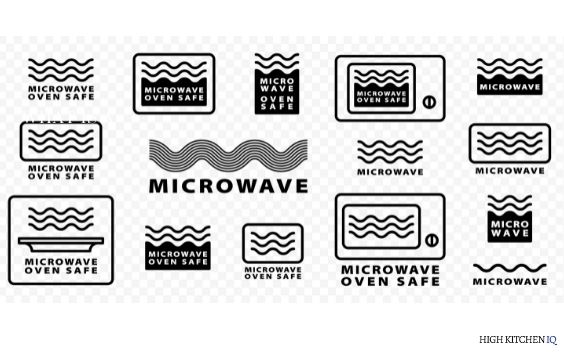
The surest way to tell if a bowl is heatproof is to check for the heat-safe symbol when purchasing the bowl. The symbol will either be on the packaging or on the bowl itself (usually at the button or on the sides). Or, you may see the actual words saying whether they are heat safe or not.
If there is no indication that the bowl is heat-safe, cooking with it or exposing it to heat may be risky for your safety and for your appliances. It is advised that you do not try to still use it for that purpose.
Are Glass Bowls Heat Safe
Glass bowls that are heatproof are usually made out of a special kind of glass. The most common ones are Pyrex bowls. Pyrex is made up of Borosilicate glass, soda-lime glass, and other materials. This kind of bowl is known for its ability to withstand heat without cracking or shattering.
The science behind it says that Pyrex bowls have a low coefficient of thermal expansion compared to other forms of glass. This means it expands and contracts less when heated and cooled, making it more resistant to breaking.
Even if you have a Pyrex bowl, keep in mind that it should only be used over medium-high heat (meaning in an oven or a microwave). You should never place the bowl directly over a gas stove’s flame. Doing so may cause the bottom of the bowl to become hotter than the sides, which will cause it to break.
How to Tell if Glass Bowls are Heatproof
Generally, all pyrex bowls are considered heat-safe, but just to be sure, many of them have the symbol or the indications on the bowl itself or on the packaging.
Other glass bowls, especially the thinner ones, are not considered to be heatproof unless marked or specified with the oven-safe/heat-safe symbol. Be sure to also check for metallic embellishments that can cause sparks.
Recommended Heatproof Pyrex Bowls
Are Ceramic Bowls Heatproof
Ceramic has a high melting point so ceramic bowls are generally considered heatproof as long as they have been fired at a high enough temperature (2,000 degrees Fahrenheit).
Firing is the process that turns raw clay into ceramic through high-temperature heating.
Keep in mind that although ceramic has a high melting point, it is susceptible to temperature variations. Ceramic dishware should never be put directly over a heat source (open fire). Also, high-heat cooking is not recommended for bowls with metal rims or decorative features. They can catch fire due to the metallic detail on them.
Many people believe that they can put any sort of ceramic bowl in a hot oven. However, not all ceramic dishes are made equal, and not all ceramic dishes can withstand high heat. Even though ceramic is described as clay that has been molded and solidified by fire, the glaze that is applied to the ceramic bowl is not necessarily oven safe.
Earthenware, bone china, stoneware, and porcelain are examples of ceramics. If the ceramic bowl’s glaze isn’t waterproof, the porous clay beneath will be exposed. When you put a cold or room-temperature bowl inside a preheated oven, this might make the bowl susceptible to temperature variations and cracking.
How to Tell if Ceramic Bowls are Heatproof
When selecting ceramic dinnerware or cooking bowls, look for ovenproof markings. If the bowl’s packaging does not specify that it is oven safe, search for an image on the bottom of the bowl.
Wavy lines indicate that the bowl or tableware item may be used in low-temperature ovens, whereas a depiction of an oven implies that the bowl or dinnerware item can be placed in an oven.
Recommended Heatproof Ceramic Bowls
You can click here to see the price on Amazon for a set of 4 heatproof ceramic bowls that can handle baking.
Are Metal Bowls Heatproof
Not all metal bowls are heatproof. In fact, stainless steel bowls are usually the ones that are. But even so, not all stainless steel bowls are heatproof.
Make sure the grade of the stainless steel is 18/8 or 18/10, which is resistant to high temperatures and will not be harmed.
Temperatures of up to 500°F are commonly tolerated by solid stainless steel bowls. Thin and light stainless steel bowls, on the other hand, may not be ideal for cooking and oven usage.
It’s not safe to use a stainless steel bowl in the oven or for high-heat cooking unless it has a heatproof marking. At high temperatures, it might get discolored or warp.
Because stainless steel is a metal, when the bowl is heated, it radiates heat. As a result, always use caution when handling it. To avoid burns, use an oven glove or a kitchen cloth to remove them from the burner or oven.
Stainless steel bowls may be used in traditional ovens. However, they are typically not suited for microwaves.
Never microwave food in a stainless steel bowl unless the manufacturer states that it is heatproof and microwave safe. It has the potential to cause a fire.
Which Type Of Bowls Are Not Heatproof
1- Plastic Bowls
Generally, plastic bowls are not considered heatproof.
There are some silicone and other hard plastics that may be heatproof but they are regulated for dishwasher and microwave use. You should not place any plastic bowls in an oven or directly over an open flame.
Additionally, for any plastic material to be food-safe, it should be FDA-approved and labeled food-safe and toxin-free.
2- Wooden Bowls
While you can put hot food in wooden bowls, it is not the same as placing the bowl in an oven, microwave, or over an open flame. Wood, whether is it polished, treated, or bare, is a fire hazard.
3- Thin or Ordinary Glass Bowls
For glass bowls to be heatproof, they need to be of a specific kind. Usually, the glass itself must have certain thermodynamic properties and thickness to be able to withstand extreme heat. Not all kinds of glass have this property or can be treated to withstand extreme heat.
4- Ordinary Metal Bowls
Metal conducts heat and electricity. Placing ordinary metal bowls in a microwave or dishwasher may cause a spark that can cause a fire or electrical damage to your appliance or power outlets. Placing ordinary metal bowls in an oven can cause it to warp or discolor and can damage your oven.
Sources

